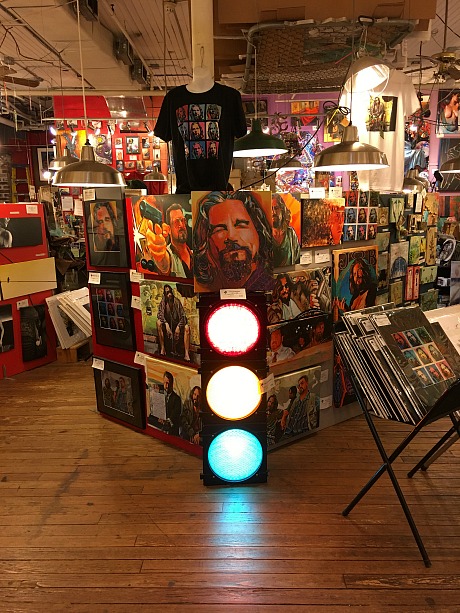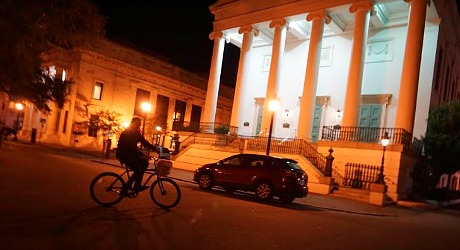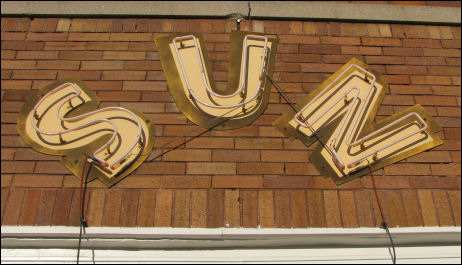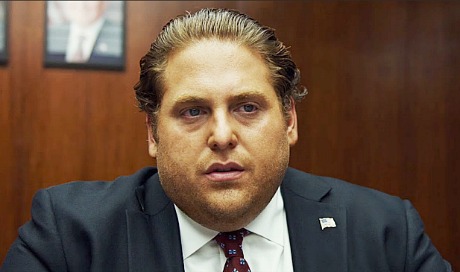A mild dispute about the rules of tourist photography happened last night in downtown Savannah, or rather in the tourist section around Congress Street. Serves me right for going there. What happened was more or less a repeat of an incident that happened five years ago. Nobody was rude, nobody shouted, it was all cool. But I was once again reminded that while I don’t hate tourists as a rule I really don’t like dealing with them as they always seem to have tedious attitudes. Here’s how it went down in 2011:

“I’m a Lebowski, you’re a Lebowski…just don’t expect me to stop and wait while you take a photo. Because I don’t do that, no offense.”
“I raised my camera to take a picture of a couple of Clydesdale horses, and right at that moment a heavyset woman who was about to walk in front of my viewing path went “oh” and stopped and waited. She was being polite, of course, but I’ve said before that waiting for someone to snap a photo is a mark of middle-class cluelessness about photography. A good photographer has to roll with what happens, and sometimes you can get a better shot if somebody or something is half-obscuring what you’re shooting. You never know, and you’re better off not knowing.
“I never stop and wait for a picture to be taken…ever.






